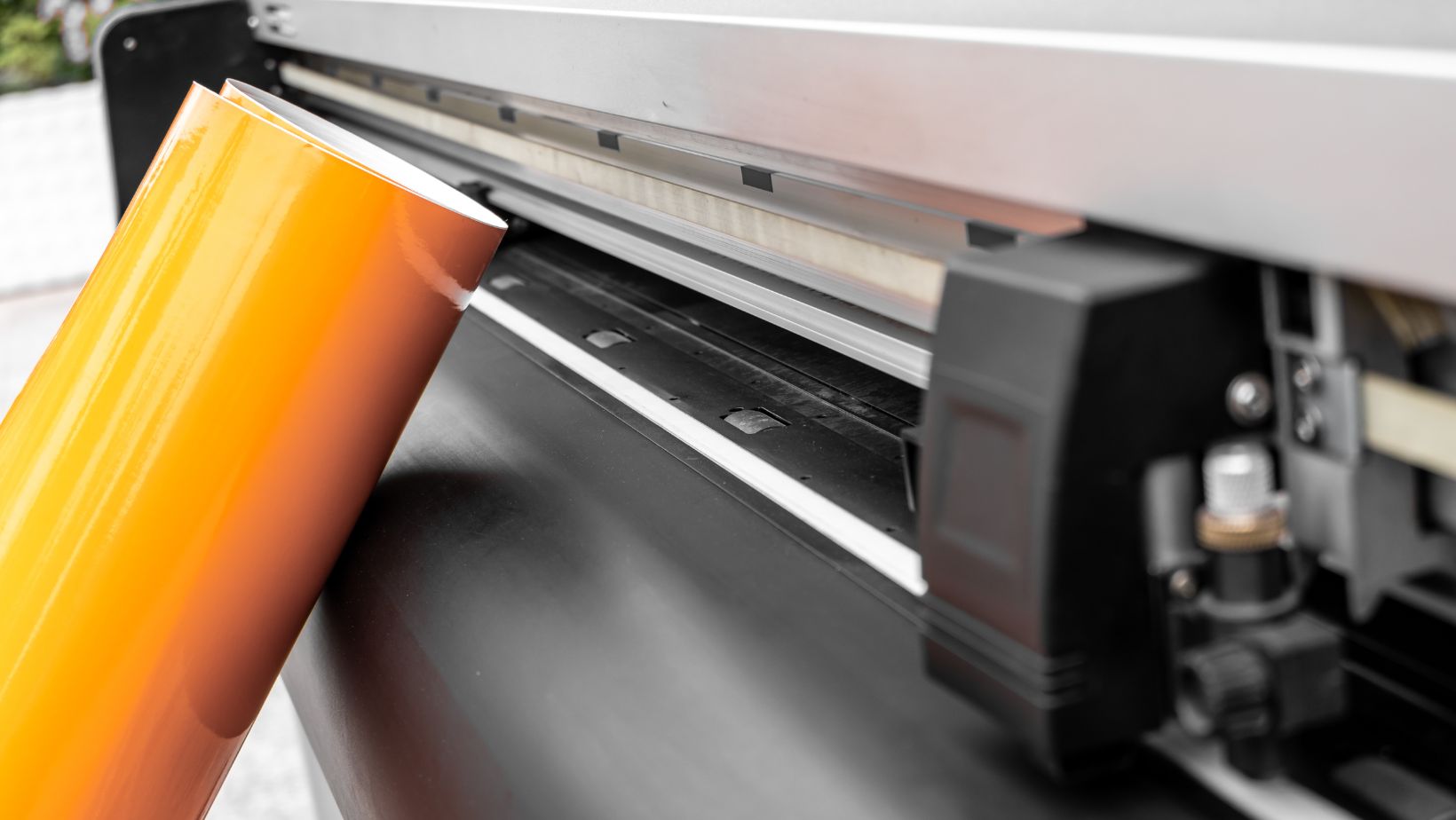
Architectural Plotters Demystified: What to Know About Cost Considerations
In the field of architecture, everything revolves around precision and detail. Large-format printers, also known as plotters, play a pivotal role in assisting professionals in crafting top-notch drawings, plans, and blueprints. These specific machines are indispensable for architects needing precise and large-scale prints to realize their designs.
Let’s explore the key factors that influence the cost of different types of plotters. From the initial purchase price to ongoing expenses like maintenance, ink, and paper, we’ll break down what you need to consider before investing. Let’s dive into the details to help you make a more informed decision.
Initial Purchase Price: What Can You Expect?
When thinking about plotters, the first aspect that usually comes to mind is their initial cost. Plotters are not just ordinary printers, particularly for those who are unfamiliar with them. They are specialized devices designed to print large-scale, detailed documents with accuracy, which makes them considerably more costly than regular office printers.
Typically, architectural plotters can cost anywhere between a few thousand to over ten thousand dollars, based on their features and functionalities. While this may seem like a significant investment, for architects who constantly need to print large documents, it’s a requisite expense. However, your decision shouldn’t solely rest on the price. It’s crucial to consider the value you’re getting for the price, such as printing speed, resolution, and compatibility with different media sizes. These factors can greatly influence the long-term value of your investment.
Maintenance Costs: Keeping It Running Smoothly
Like any other technology, plotters require regular maintenance to ensure they operate efficiently. While some might consider these machines a one-time expense, it’s essential to factor in ongoing costs. Maintenance can involve replacing parts like print heads and rollers and even software updates.
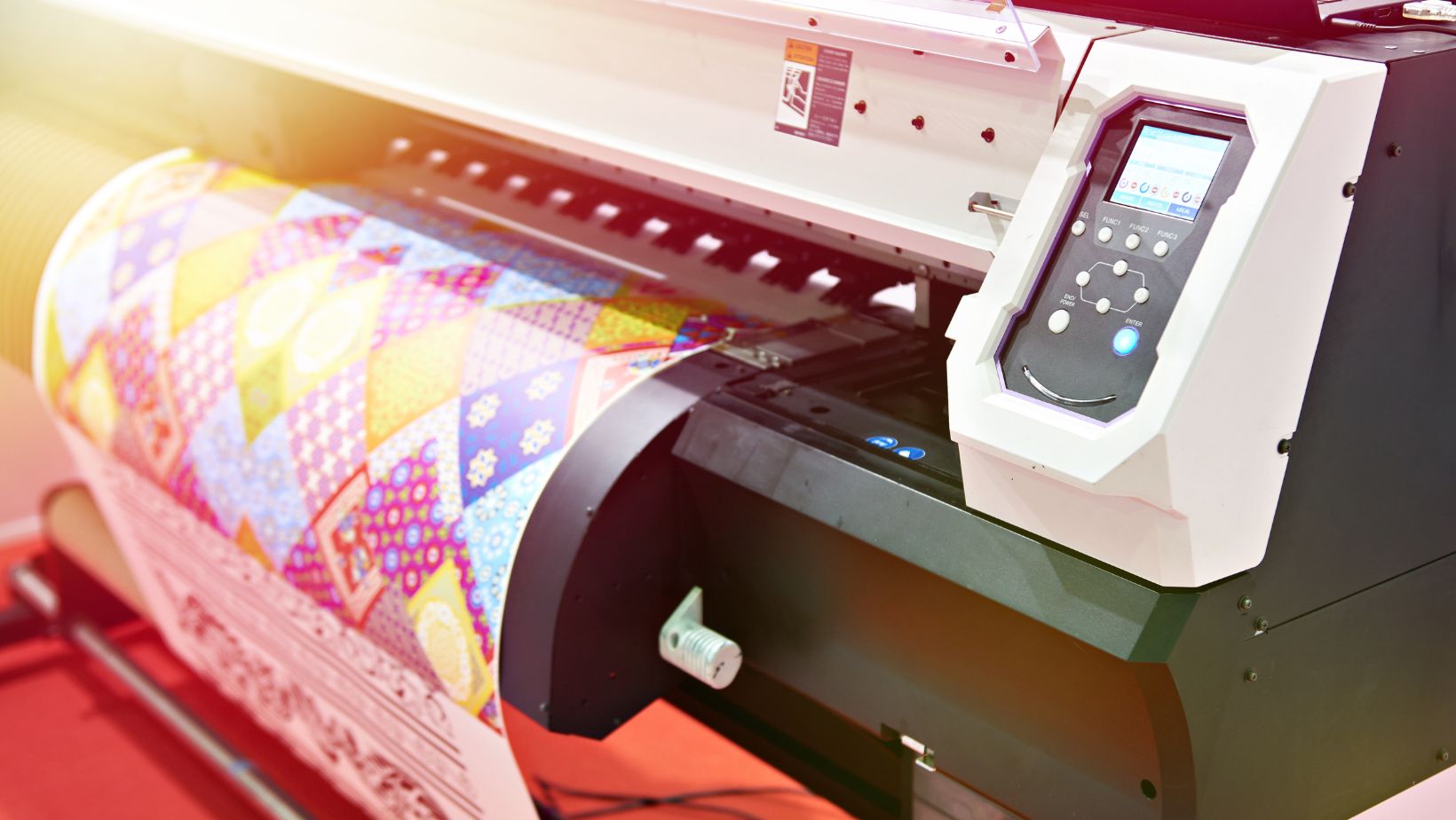
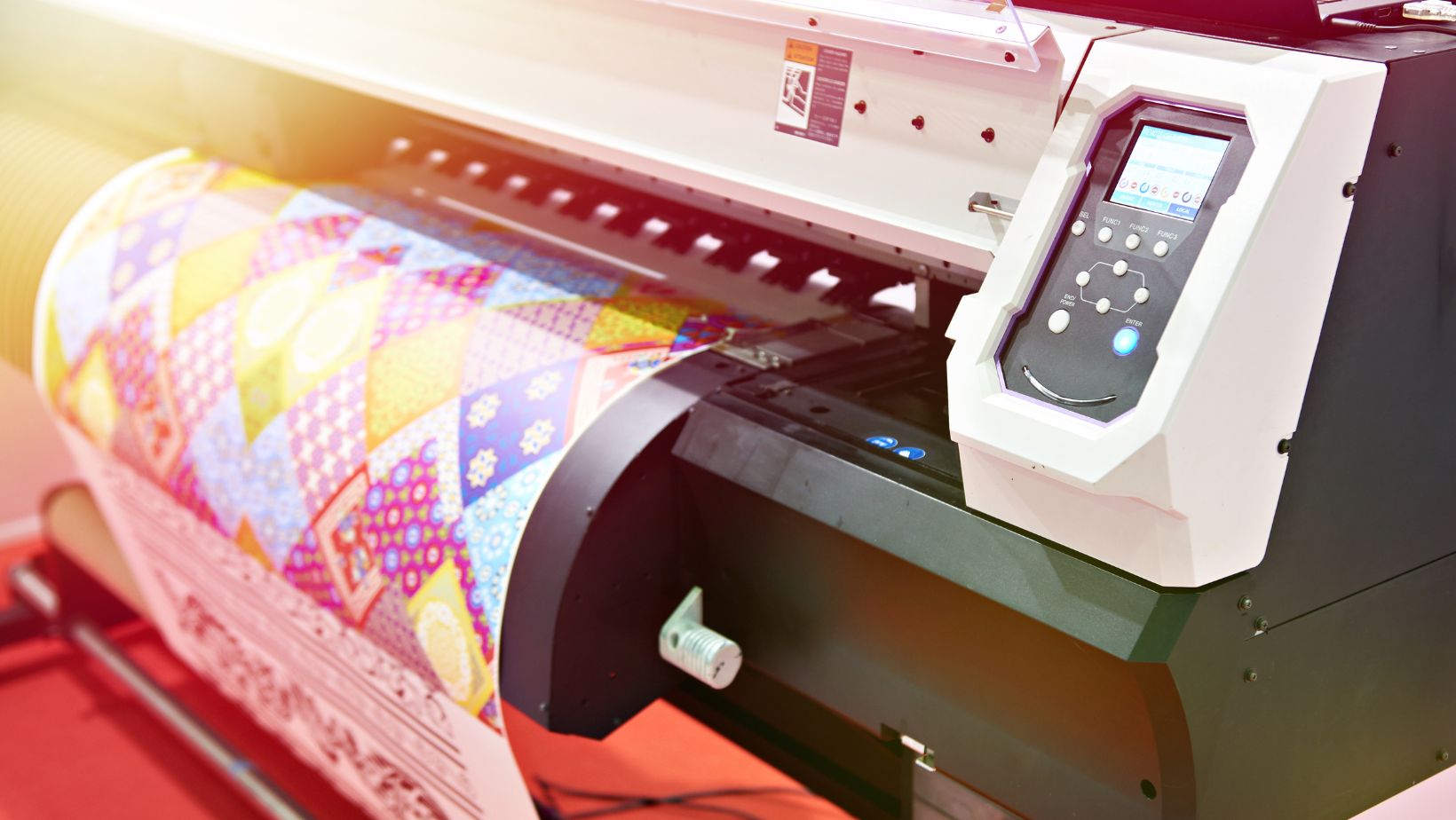
Maintaining your plotter regularly is critical, particularly if it’s frequently in use. Over time, these maintenance costs can accumulate, making it important to question: What will be your expenditure on upkeep? For architects, who usually operate under stringent timelines, a printer malfunction could result in expensive time delays and repair costs. Anticipating these expenses can assist in preventing unforeseen interruptions.
Ink and Paper Costs: Are They Manageable?
An often neglected aspect of owning a plotter involves the expenses related to consumables such as ink and paper. The type of plotter and its usage frequency can cause these costs to pile up more quickly than anticipated. For example, producing high-resolution prints might demand more ink, resulting in the need for regular cartridge replacements.
Precision and clarity are crucial in architectural drawings, necessitating the use of high-quality paper. Low-cost paper could lead to smudging or bleeding, compromising your print quality. Therefore, when planning your budget for a plotter, consider how frequently you’ll need to replace the ink and paper. Striking a balance between print quality and cost-effectiveness can help manage your expenses.
Energy Consumption: Is It an Ongoing Cost?
Large-format plotters, in particular, can use a significant amount of electricity. Energy consumption may not be your initial thought when evaluating costs, but it’s a factor worth considering. Although most contemporary plotters are engineered for energy efficiency, older versions or those in constant use can still consume a substantial amount of power.
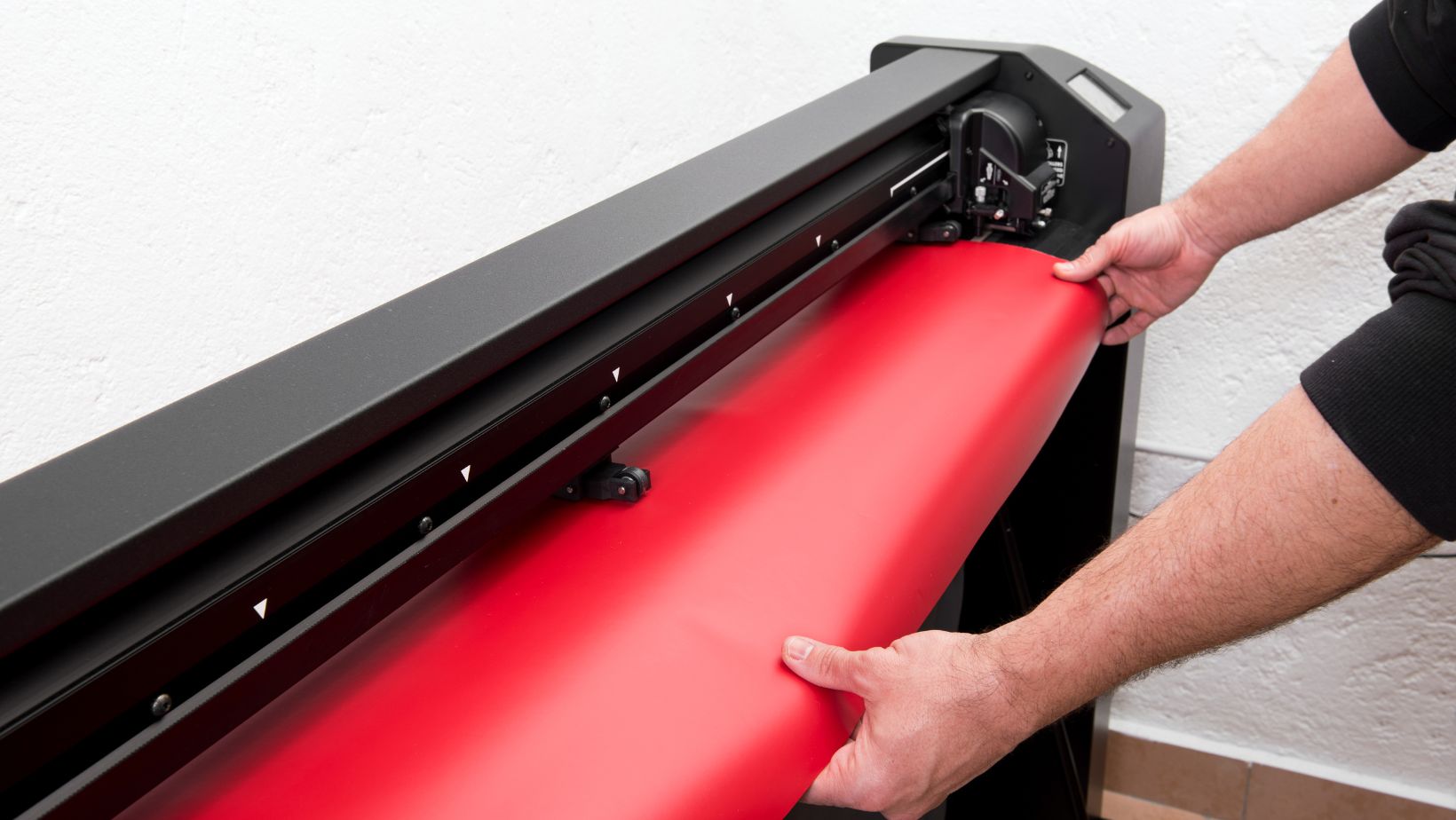
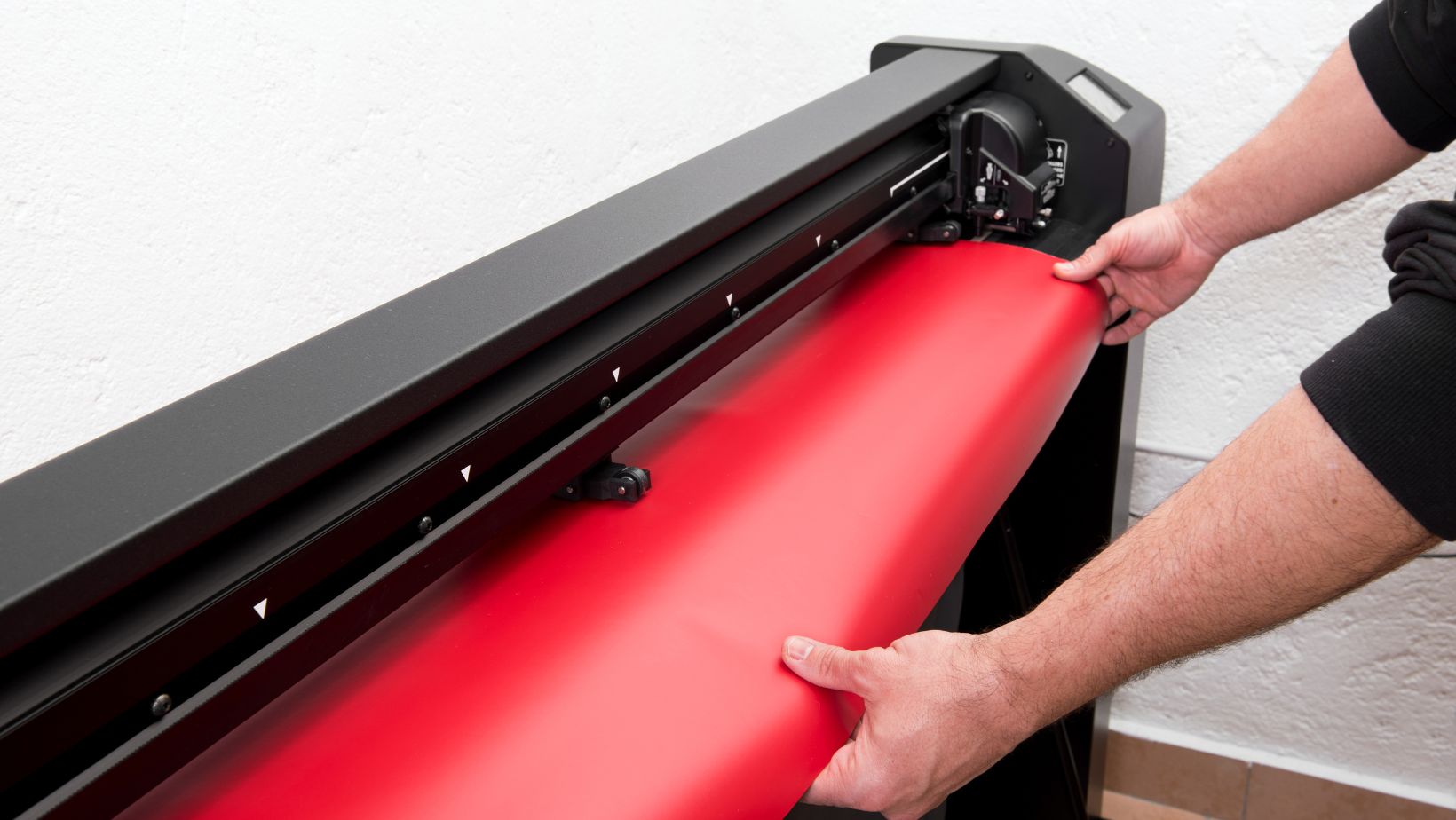
The energy expenses can be quite substantial if the plotter is in constant use all day. What are the energy demands of the model you’ve selected? Seek out features that save energy or options for low power usage when in standby mode to help maintain manageable electricity bills. This could lower your total operating costs over time.
Software and Compatibility: Do You Need Additional Tools?
An often neglected cost factor is the software needed to operate and control the plotter. While certain plotters come with pre-installed software, some might necessitate the acquisition of extra programs or licenses for full integration into your work process. Particularly for architects, it’s crucial to make sure your plotter is compatible with the design software you use on a regular basis.
Furthermore, have you considered the need for updates and upgrades? Software frequently needs to be updated to remain compatible with newer operating systems and applications. These updates may sometimes incur extra costs, so it’s prudent to factor this into your budget. Assessing whether the software is easy to use and integrates seamlessly with your existing tools can save you from future frustrations and unnecessary expenses.
Selecting the right plotter for your architectural requirements involves more than just considering the price. The total cost of various plotter types can be influenced by numerous factors, including initial purchase costs and ongoing maintenance. By meticulously evaluating each aspect, you can make a wise, long-term investment that benefits your workflow.
Architectural Plotters Demystified: What to Know About Cost Considerations

